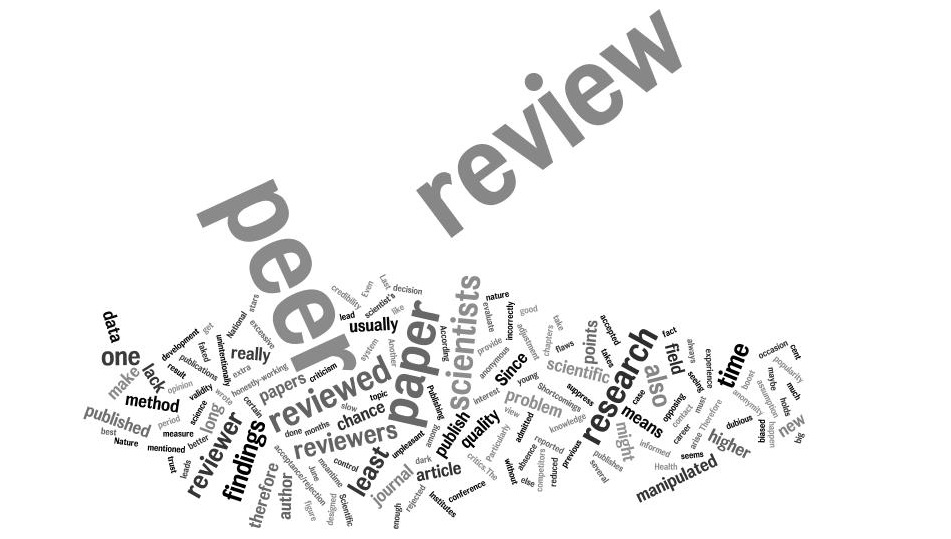
Help with Peer Review The blog posts I would like to introduce below focus on help with peer review when publishing academic papers in journals. Responding to Peer Reviewer Comments - This example of a response to a journal editor’s decision demonstrates how to address comments of peer reviewers on submitted articles Understanding the Types of Peer Review - This useful article clarifies upon traditional and innovative approaches to closed and open peer review practices of academic journals. Helpful Tips for Becoming an Excellent Peer Reviewer - This post offers tips & outlines a constructive professional approach for Becoming an excellent peer reviewer which is far from quick & easy How To Identify a Doctor No Peer Review - This article will help you prevent, identify & deal with inappropriate peer reviews, there are reviewers who deliberately prevent publication The Benefits of Peer Reviewing - This article describes benefits of peer reviewing academic



